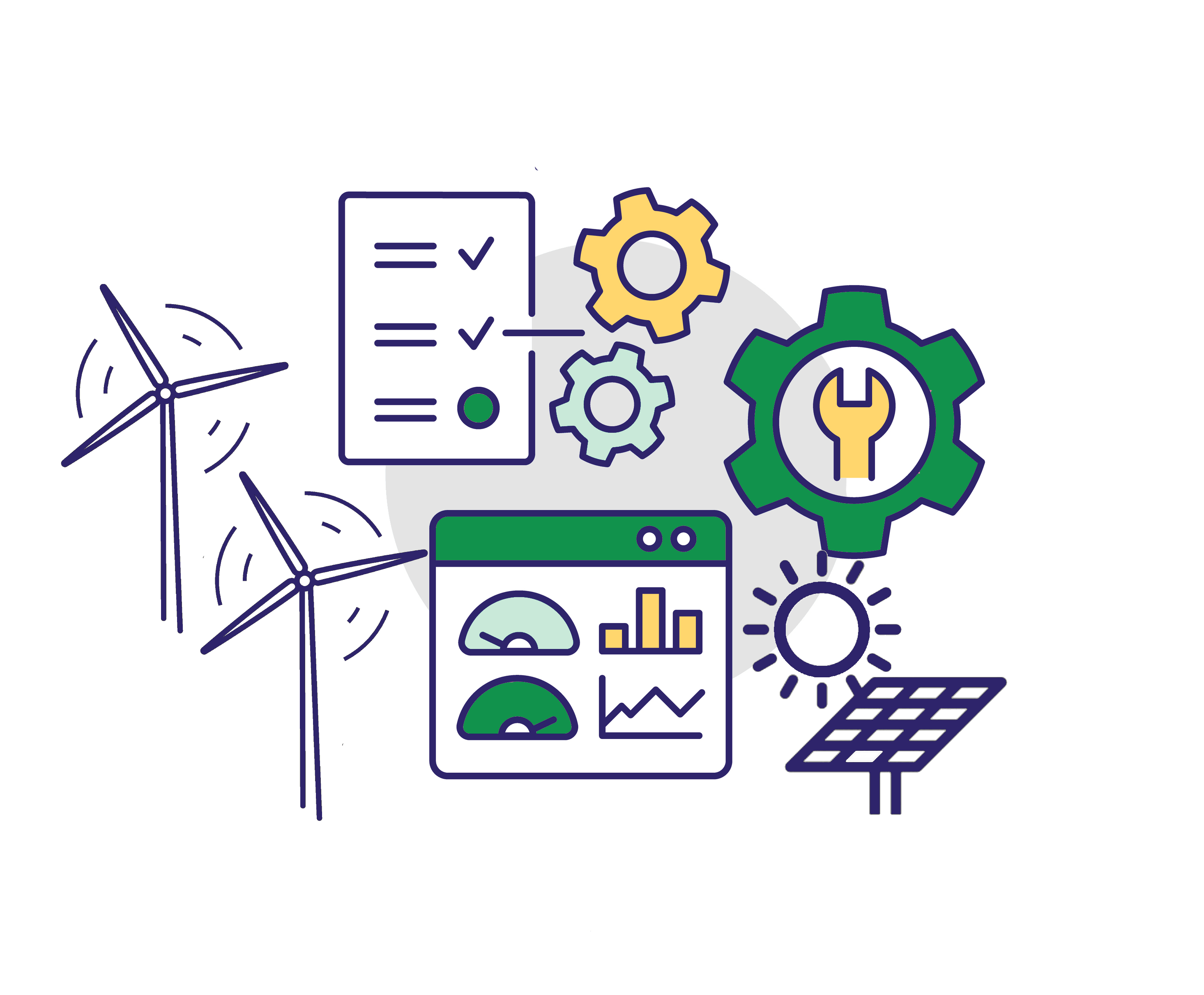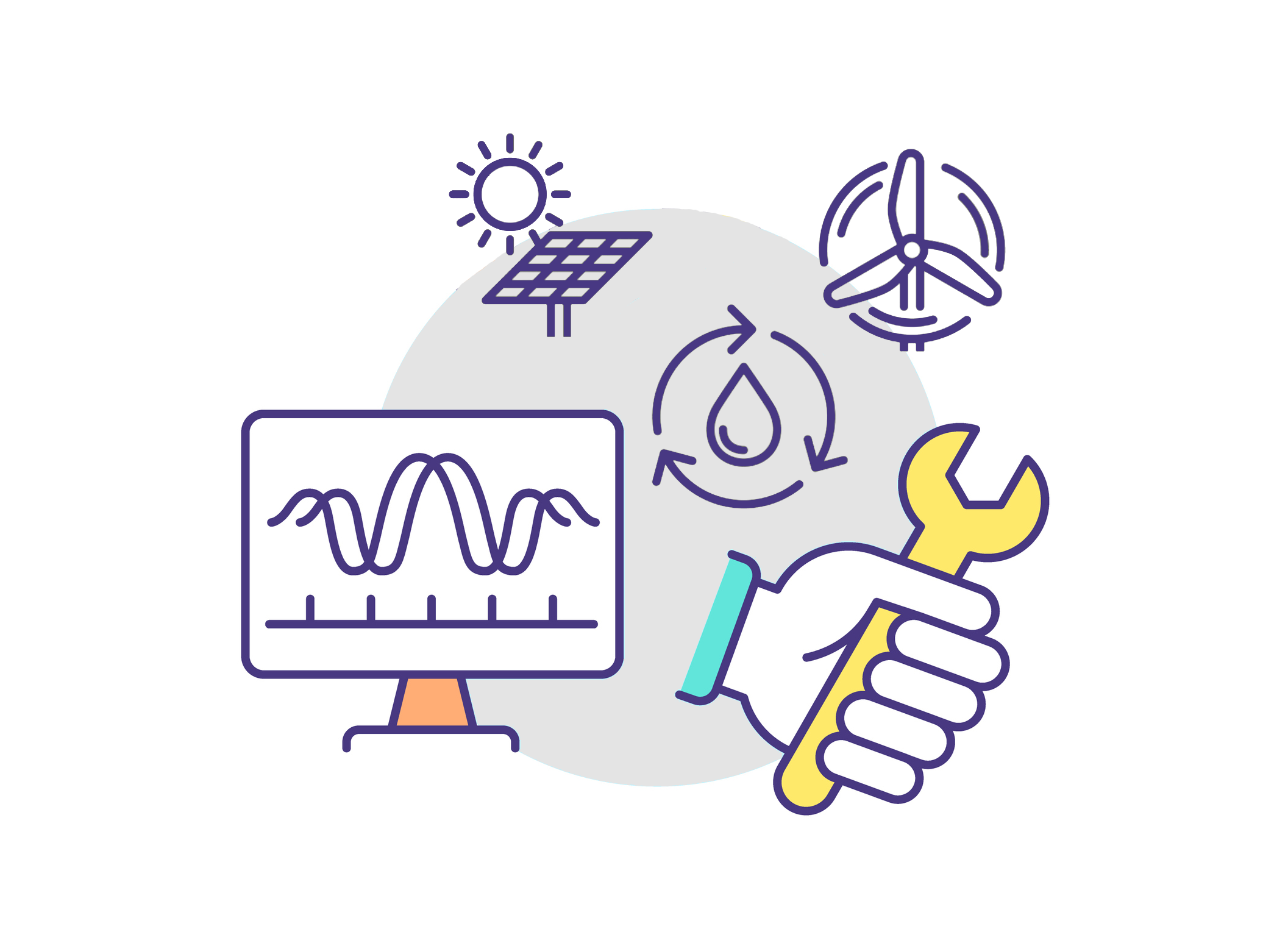Wind turbines play a pivotal role in our renewable energy landscape, yet they are not immune to technical issues, with generator winding faults ranking among the most critical. These faults occur when the insulation of the generator windings degrades over time, leading to a range of problems that can compromise the efficiency and integrity of the entire wind turbine system.
This blog aims to illustrate the importance of predictive maintenance for wind turbine generator windings through two real-world case studies. By examining these scenarios, we'll highlight how early detection and proactive measures can prevent winding failures and the significant consequences of neglecting these faults.
.png)
Understanding Generator Winding Faults
Generator winding faults manifest when insulation degrades, affecting the functionality of windings. Failures can occur between phases, phase-to-ground, or within the same phase, resulting in electrical short circuits. These issues lead to inefficiencies, production losses, and, in extreme cases, necessitate the replacement of the generator and its cooling system.
.png)
Causes and Consequences
Overheating of stator windings is a primary cause of insulation problems. Early detection of symptoms related to winding and coolant overheating is crucial, enabling operators to take proactive actions and prevent undesirable outcomes. The financial implications of neglecting these faults can amount to more than $300,000, covering unplanned downtime, production loss, reduced turbine performance, and the costs associated with component replacement and servicing.
Alternative Detection Methods
While insulation resistance measurement and partial discharge measurement can detect insulation-related problems, these methods often require the installation of new sensors and extensive analysis, making them less practical for many farm operators.
The Solution: Kavaken Early Warning System
Utilizing existing data through SCADA sensory signals, the Kavaken Early Warning System employs artificial learning models for generator stator winding, coolant, and bearing temperatures. These AI models are trained with historical data, capturing the turbine's normal behavior using operational and environmental parameters.
Case Study #1: Early Intervention for Cooling System Fault
A deviation in the historical trend of wind turbine generator winding temperature (Phase III) triggered a fault warning email to the farm maintenance crew. The Kavaken module detected a cooling system fault approaching pre-maintenance levels compared to the previous year. The crew's subsequent investigation revealed clogged external radiator tubes, impacting the cooling system's performance. Thanks to the early warning, intervention occurred two months earlier than the previous year, preventing long-term complications and increasing the generator's remaining useful life.
.png)
A fault warning email was sent to the farm maintenance crew with a note, stating that the generator cooling system fault level was approaching pre-maintenance levels in the same turbine as compared to the previous year. It was also recommended to perform pressurized washing of the external radiator of the turbine.
Maintenance crew climbed the turbine two weeks following the flag email and observed that the external radiator tubes were clogged, causing the cooling system to not to perform as desired. Then, they performed pressurised washing as suggested by Kavaken.
Thanks to the early warning by Kavaken, the O&M personnel were able to intervene in the malfunction two months earlier as compared to the previous year. Therefore the generator windings were not exposed to high temperatures which in turn increased the remaining useful life of the generator.
Case Highlights:
- Timely fault detection and early warning to O&M personnel
- Accurate fault diagnosis with a provided root cause
- Recommended maintenance action successfully solved the problem and prevented secondary damages
Case Study #2: Recurring Cooling System Fault Resolution
Let’s move to another fault case where farm maintenance crew had to take recurring actions to remedy a generator cooling system originated fault.
As seen in the graph below, important events are marked with an arrow pointing their relevant dates. Farm operation and maintenance crew was notified via email that the generator windings and the coolant temperature are exceeded the control bands for a certain period of time which are the symptoms of cooling system related faults. Within a month or so, maintenance crew washed the radiator with pressurized water to remove blockages in the tubes.
.png)
Despite initial pressurized washing, the fault persisted and Kavaken advised further investigation, such as inspecting the generator bearings and the lubrication system. The maintenance crew discovered contaminated bearing lubrication oil and low coolant levels. Subsequent remedial actions resolved the anomaly, restoring the generator's operation to normal.
Case Highlights:
- Kavaken checks and compares surrounding environment and component signals to diagnose faults accurately
- Constant monitoring of anomaly levels ensures the effectiveness of maintenance actions
Conclusion:
Generator winding faults pose a significant challenge for wind turbines, but with effective detection methods and proactive maintenance, these issues can be mitigated. Early identification and resolution are critical to ensuring the efficiency and longevity of wind turbines, contributing to a sustainable and reliable renewable energy future.









